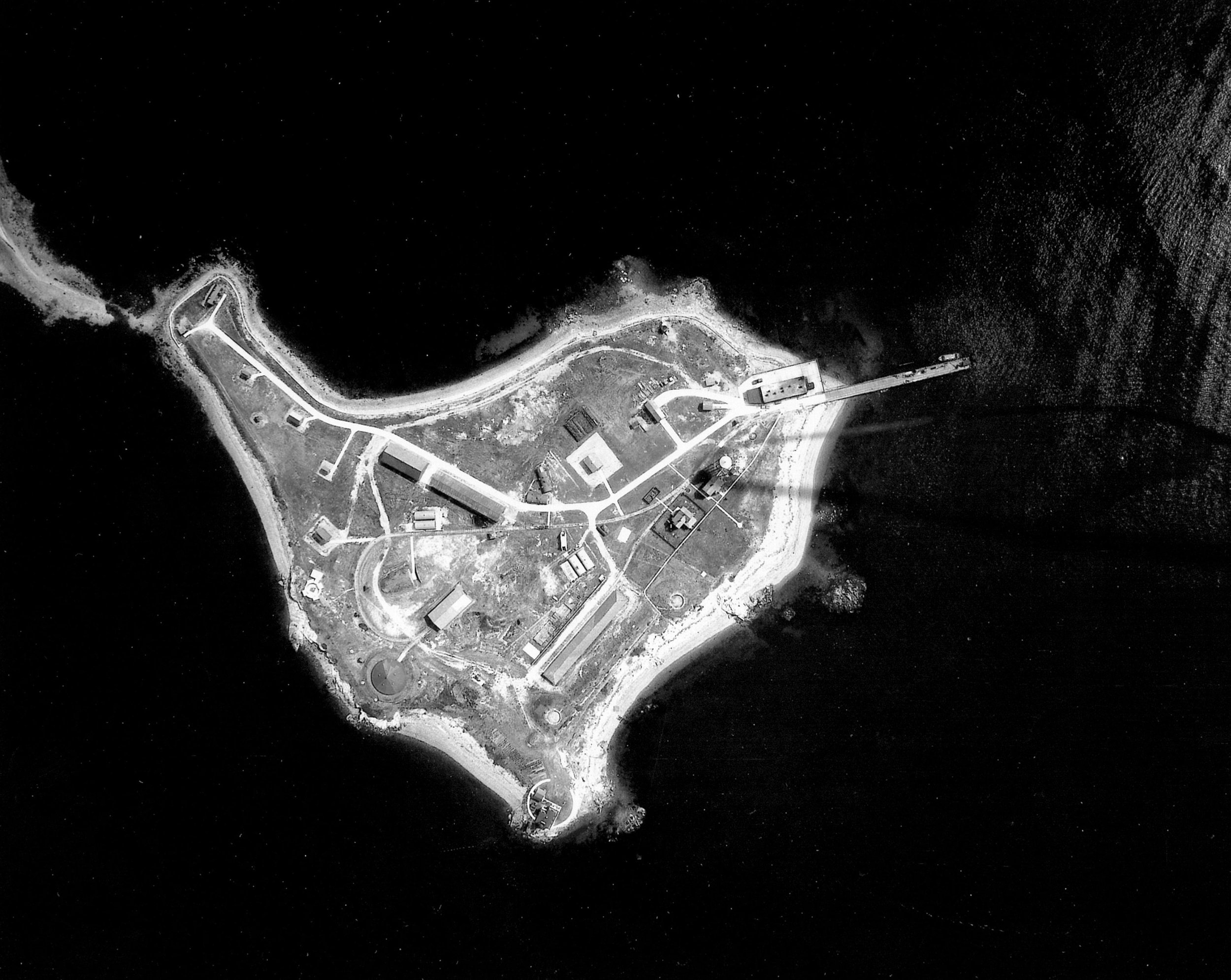
FORT HAMILTON
Post-Revolution to WWII
In 1794 Congress authorized fortifications at key harbors, including Narragansett Bay, as part of the First System of American Seacoast Defense. Lacking American military engineers, Congress enlisted skilled French engineers who fled their country's turmoil. While Rose Island was excluded from the First System, the threat of renewed conflict with France prompted the Second Phase (1798-1801), during which the largest fort was planned for Rose Island, later informally called Fort Hamilton. The construction effort was led by French-born U.S. Army Major Louis Tousard. While it was never completed due to cooling tensions abroad and none of the original designs survive, the structures built from 1799-1801 were documented in an 1819 survey.
Little military construction occurred during the 19th century, but the island served as a quarantine station for cholera in the 1820s and yellow fever in the 1850s and became a popular leisure spot. In 1869, an unfinished bastion on the southwest side was repurposed for the Rose Island lighthouse. Military activity resumed in 1883 when it was designated a U.S. Naval Magazine for explosive storage. New buildings were constructed for this use, and due to the two-foot-thick brick walls of the barracks, they were also an ideal storage system for explosives made at the nearby torpedo station at Goat Island. Rose Island would continue to be used for storage and as a torpedo warhead arming facility until the end of World War II.
Preservation of Fort Hamilton
Few military structures remain on Rose Island today, but those that do have been preserved, with efforts increasing since a 2000 Historic American Engineering Record (HAER) survey. One year after the survey, the Fort Hamilton Historic District was nominated to the National Register of Historic Places. Surviving elements include 18th-century bastions and remnants from WWI and WWII, such as gun mounts, magazines, and a TNT filling station on the southeast side. The 210-foot-long bombproof Fort Hamilton barracks are the most intact military structure, exemplifying pre-1800 federal-era coastal defense design.
Following WWII the barracks fell into disrepair, but in the 2000s the Rose Island Lighthouse Foundation (RILF) began a rehabilitation of the structure, focusing on treating the site as an evolved landscape. Key phases included reconstructing the east wall, addressing roof and chimney damage, and installing historically sensitive windows and doors. Following the Secretary of the Interior’s standards, the rehabilitation replaced missing or deteriorated materials in kind. Phase one involved disassembling and rebuilding the east wall of the building using historically appropriate bricks and mortar, as it had become structurally weak and collapsed upon itself. The other walls required more minor repairs. The roof and two east chimneys were also reconstructed to address water and wildlife damage. Phase two installed 19 windows, 9 doors, and 38 shutters, all sensitive to historic character, on the barracks. Today, the barracks remain the most important piece of architectural history on the island alongside the lighthouse and are a testament to RILF’s commitment to preservation.
Rose Island has hosted military activity since the 18th century, forming part of the Narragansett Bay coastal defense system alongside Coasters Harbor Island, Coddington Cove, Gould Island, Prudence Island, Goat Island, and Hope Island.
Colonial Period and the American Revolution
After the British seized Newport in December 1776, they established defensive positions in the region. Some sources suggest that the first fortifications on Rose Island - a hastily built earthen battery that was never finished nor armed - were constructed in August 1778 during an attack by American troops under General John Sullivan. Following the British withdrawal in October 1779, the Americans lacked the resources to maintain these defensive positions. The French occupied Newport from July 1780 to June 1781, rebuilding many defenses, including a large earthen battery on Rose Island armed with forty cannons, which saw no attacks during this period.








